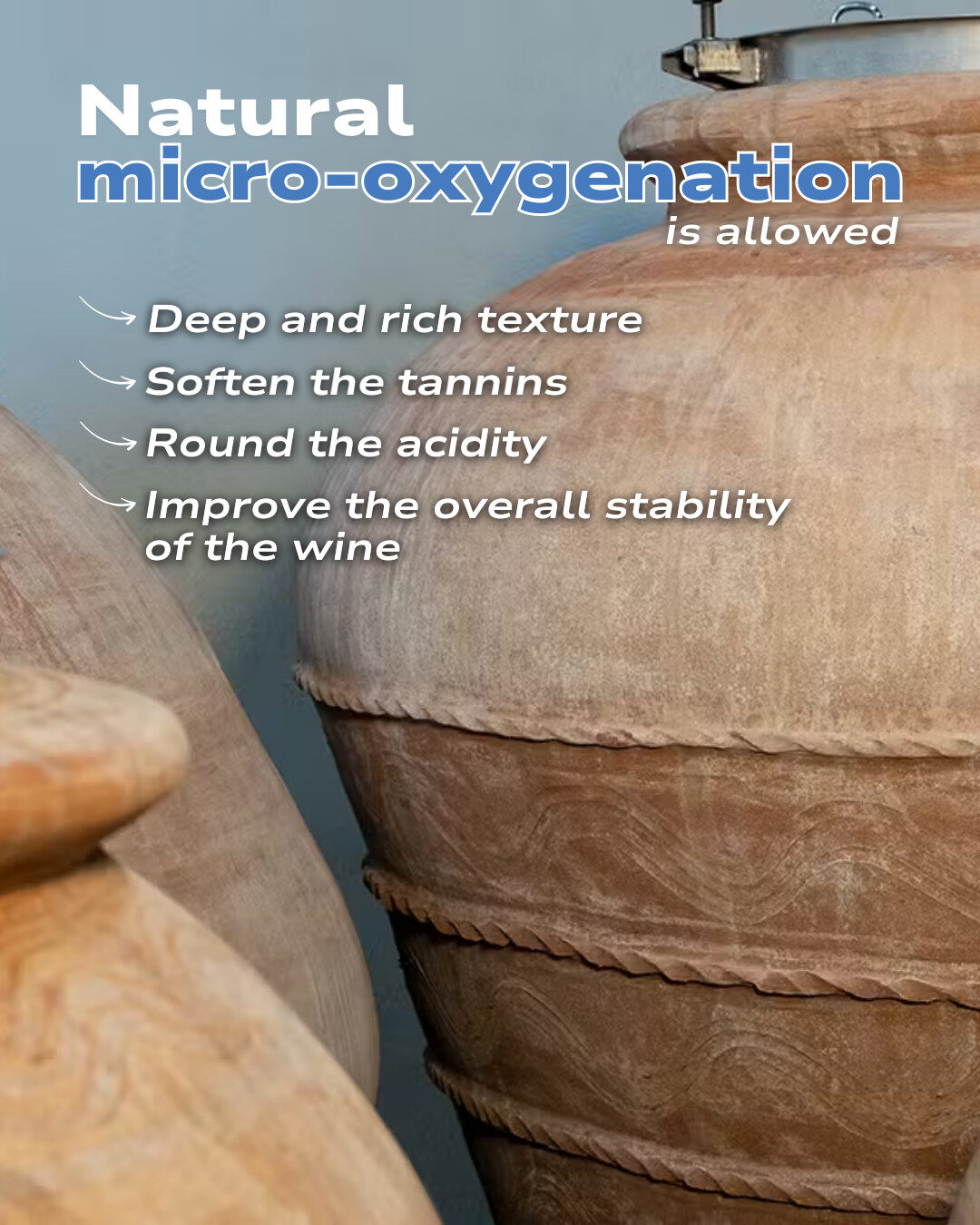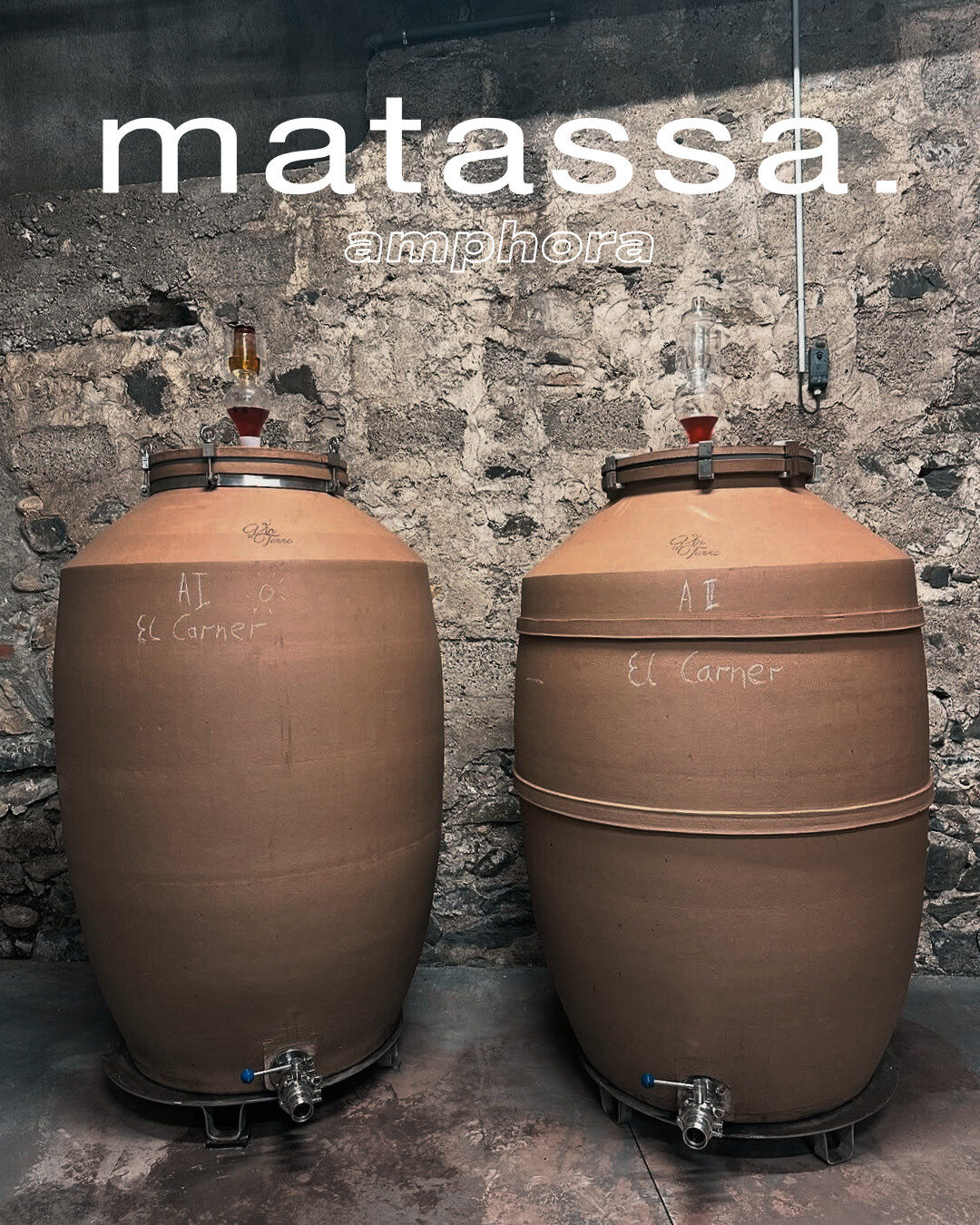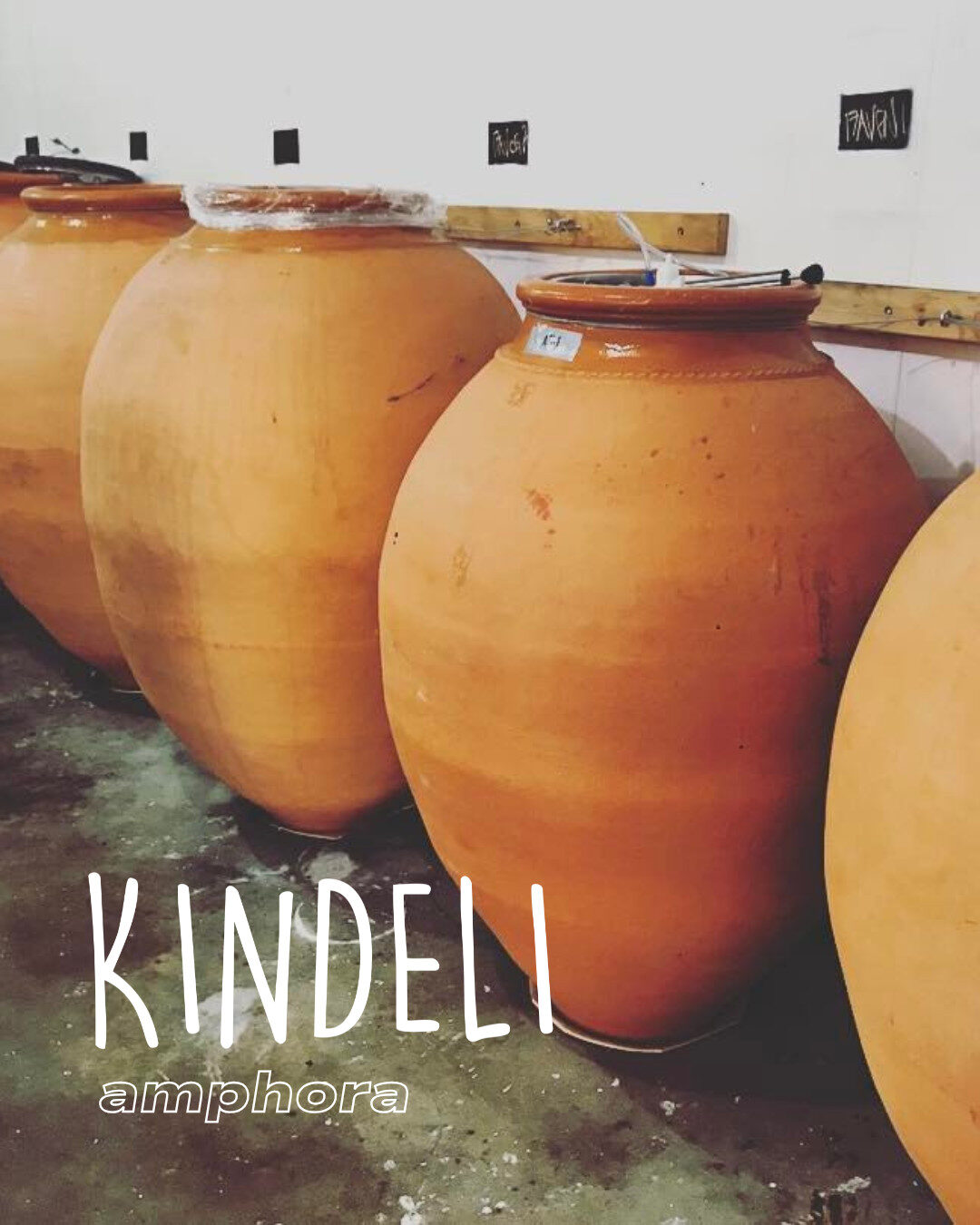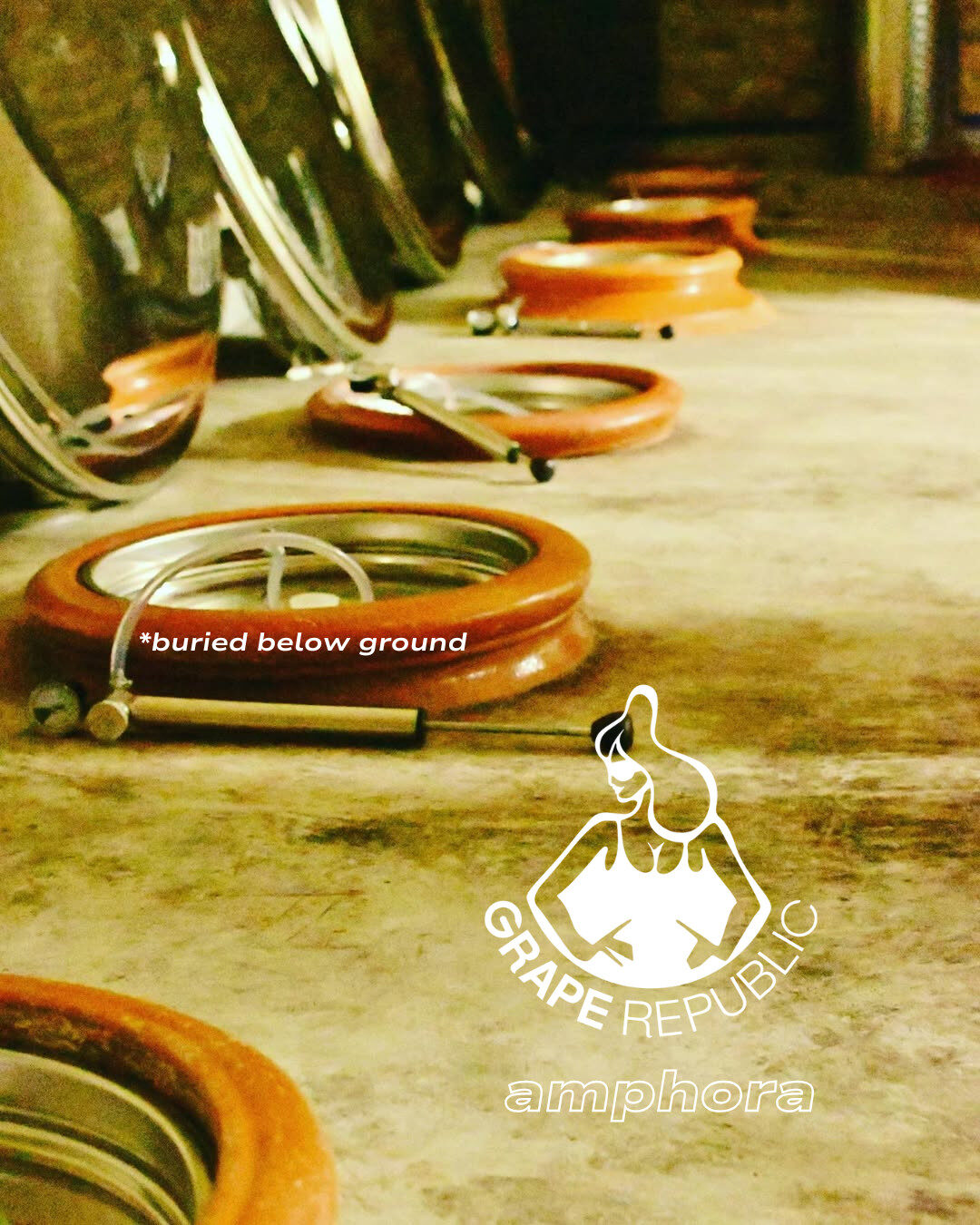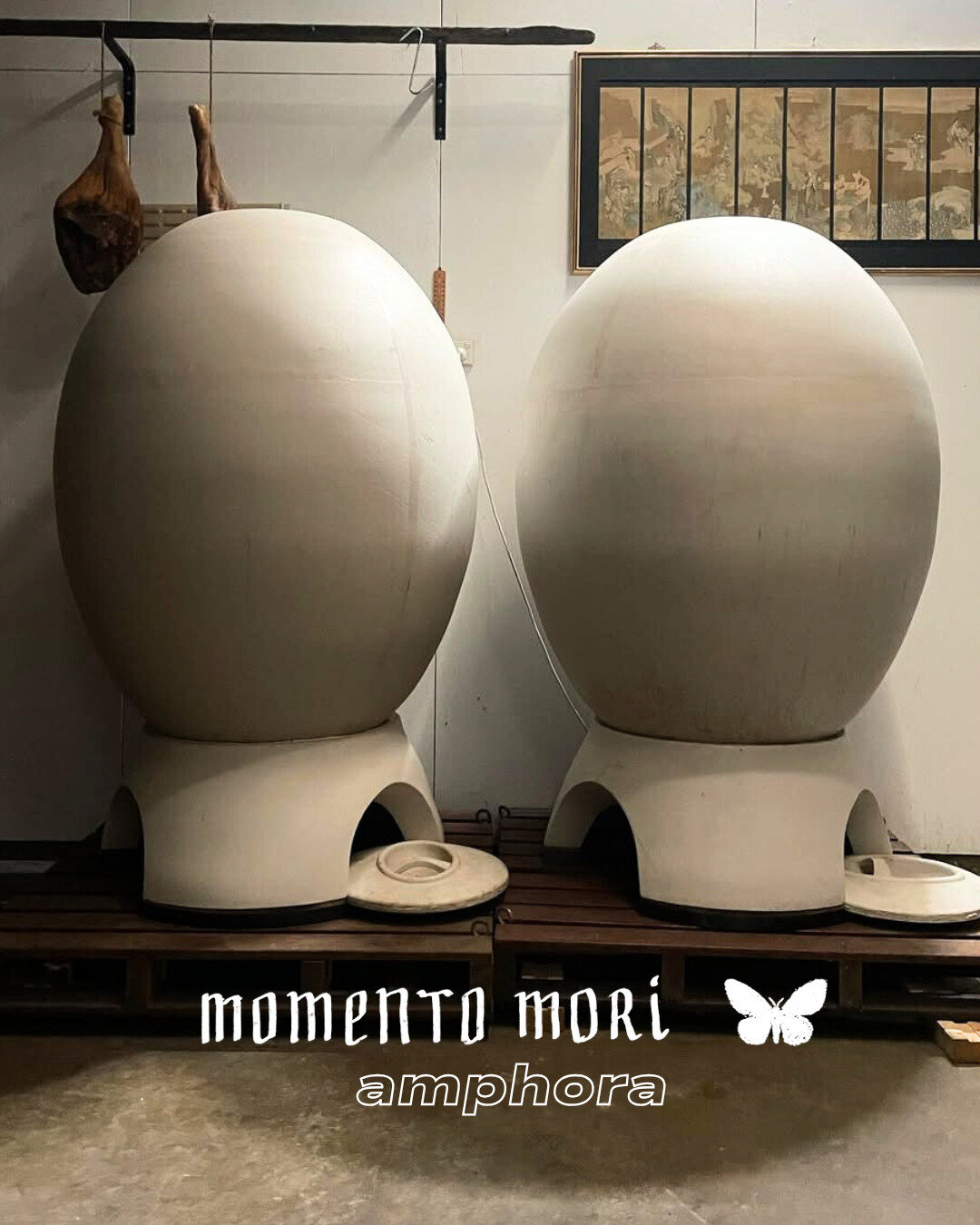Amphora-aged wine has been making waves in recent years, but the technique itself is ancient, tracing back around 8,000 years to what is now Georgia. Before barrels, before steel tanks, there was just clay and patience.
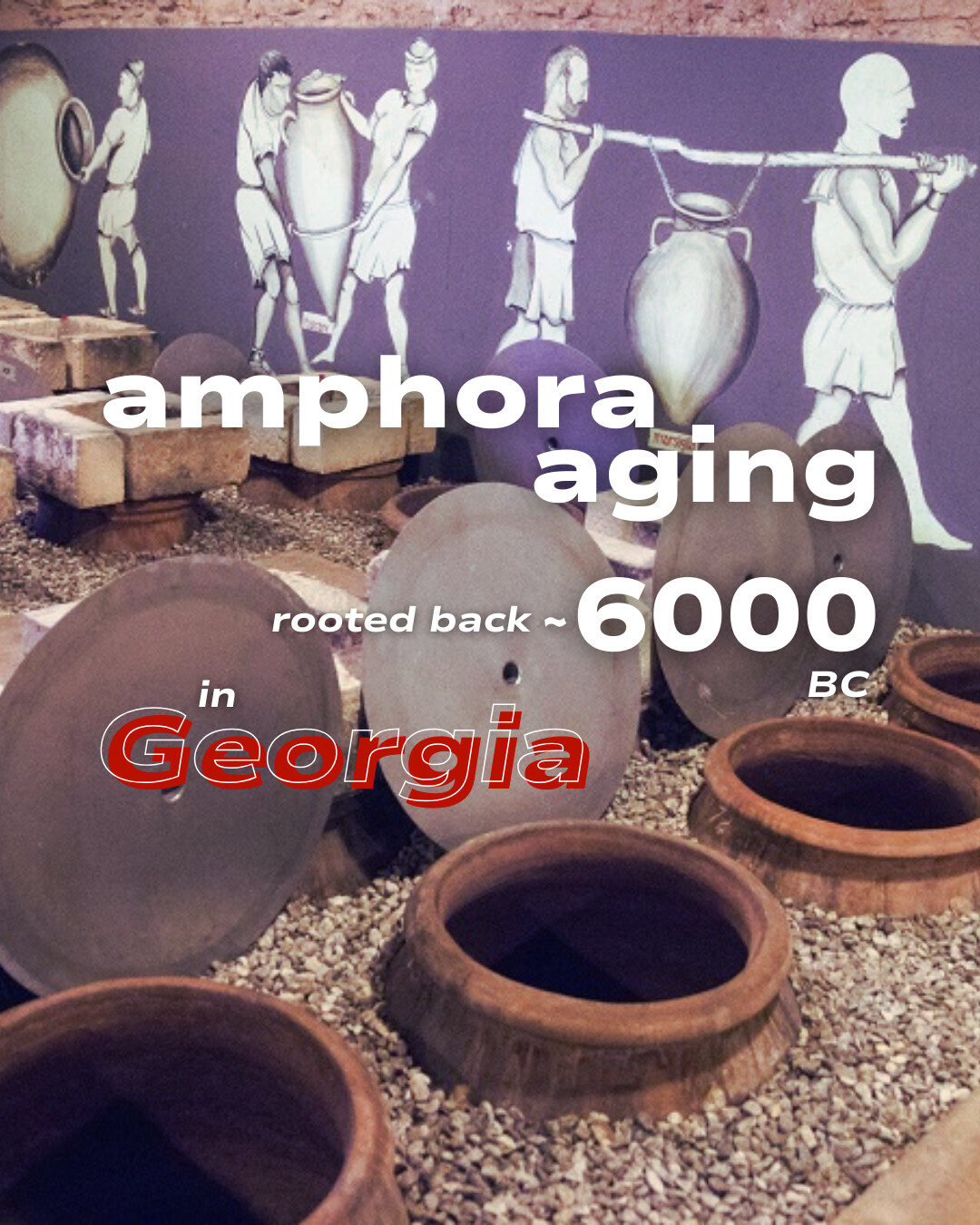
Sitting between steel and oak, amphora allows for 𝗻𝗮𝘁𝘂𝗿𝗮𝗹 𝗺𝗶𝗰𝗿𝗼-𝗼𝘅𝘆𝗴𝗲𝗻𝗮𝘁𝗶𝗼𝗻, enhancing texture, softening the tannins, rounding the acidity and improving overall stability, all while remaining 𝗮 𝗻𝗲𝘂𝘁𝗿𝗮𝗹 𝘃𝗲𝘀𝘀𝗲𝗹 𝘁𝗵𝗮𝘁 𝘄𝗼𝗻’𝘁 𝗶𝗺𝗽𝗮𝗿𝘁 𝗮𝗱𝗱𝗶𝘁𝗶𝗼𝗻𝗮𝗹 𝗳𝗹𝗮𝘃𝗼𝗿𝘀.
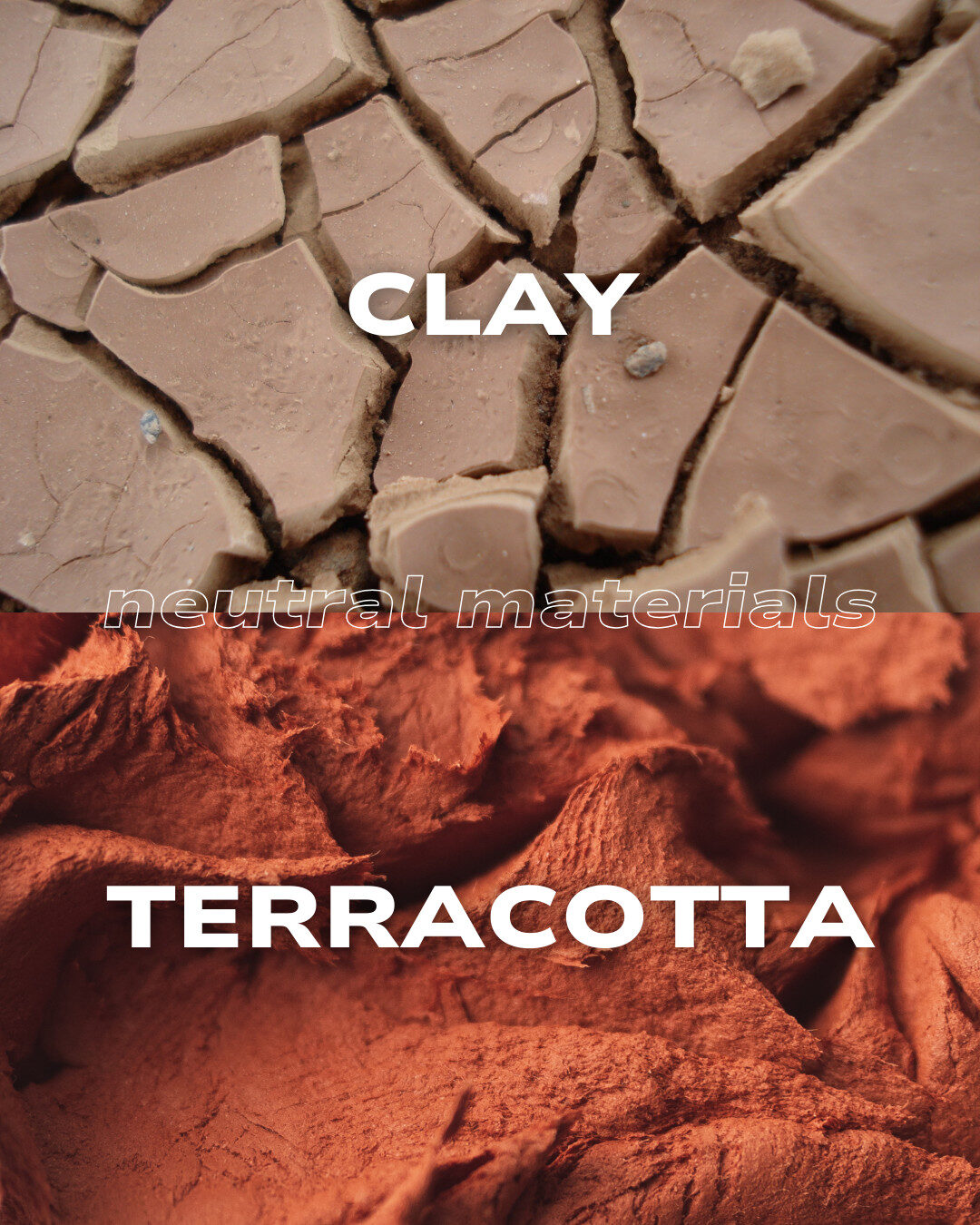
Winemakers use amphora for fermentation, aging, or both, depending on their style and vision. During fermentation, it preserves the purity of the grape variety, yielding wines rich in fruit and primary aromas. Traditional amphora, especially when buried underground, helps control temperature, allowing slow fermentation without artificial cooling. When egg-shaped vessels are used, they create natural convection currents that keep the lees in motion, adding complexity and depth. That, combined with the stable temperature control, results in wines that are naturally harmonious, fuller-bodied, and impressive. 𝗠𝗶𝗻𝗶𝗺𝗮𝗹 𝗶𝗻𝘁𝗲𝗿𝘃𝗲𝗻𝘁𝗶𝗼𝗻, 𝗺𝗮𝘅𝗶𝗺𝘂𝗺 𝗰𝗵𝗮𝗿𝗮𝗰𝘁𝗲𝗿!
